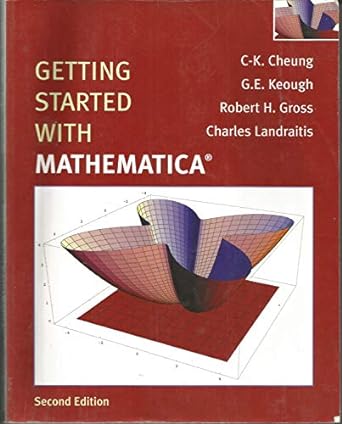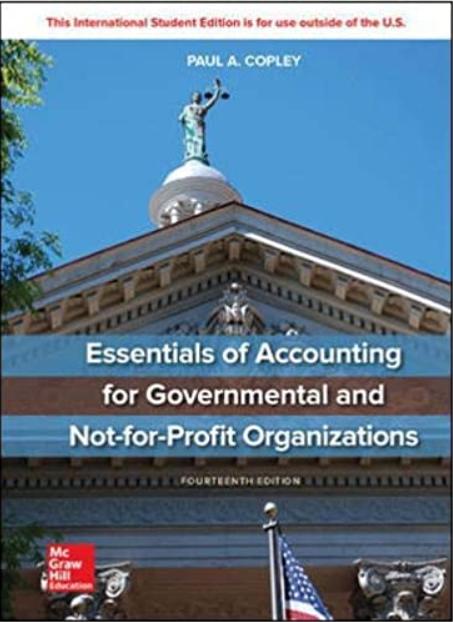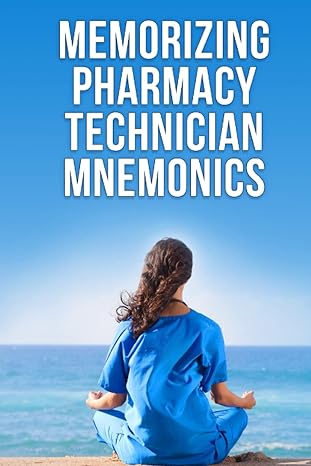Go back


Getting Started With Mathematica(2nd Edition)
Authors:
C K Cheung ,G E Keough ,Charles Landraitis ,R Gross

Cover Type:Hardcover
Condition:Used
In Stock
Include with your book
Free shipping: April 13, 2024Popular items with books
Access to 3 Million+ solutions
Free ✝
Ask 10 Questions from expert
200,000+ Expert answers
✝ 7 days-trial
Total Price:
$0
List Price: $6.88
Savings: $6.88(100%)
Book details
ISBN: 0471478156, 978-0471478157
Book publisher: Wiley
Get your hands on the best-selling book Getting Started With Mathematica 2nd Edition for free. Feed your curiosity and let your imagination soar with the best stories coming out to you without hefty price tags. Browse SolutionInn to discover a treasure trove of fiction and non-fiction books where every page leads the reader to an undiscovered world. Start your literary adventure right away and also enjoy free shipping of these complimentary books to your door.
Getting Started With Mathematica 2nd Edition Summary: Mathematica is computer software that performs abstract computation as well as numerical computation. It can produce graphics ranging from graphs of functions in the plane to intricate, three-dimensional plots of surfaces and parametric curves. It also provides support for programming. This guide gives a stream-lined, but fairly extensive introduction to Mathematica. It primarily covers Mathematica 5.0, although references to earlier versions are included in cases where significant changes have been made.Each of the Guide's 28 Chapters has been structured around an area of undergraduate mathematics (e.g., one-variable differential Calculus, multiple integration, differential equations, linear algebra). Each chapter defines relevant commands used in that area, addresses their syntax, and provides basic examples. Each chapter ends with one or more sections which include more technical examples, offer useful tips, and diagnose common problems that users are likely to encounter. Two appendices are also included that explain how to work in the Mathematica notebook environment and use certain input features.
Customers also bought these books
Frequently Bought Together
Top Reviews for Books
Request 6i4nd8
( 4 )
"Delivery was considerably fast, and the book I received was in a good condition."










